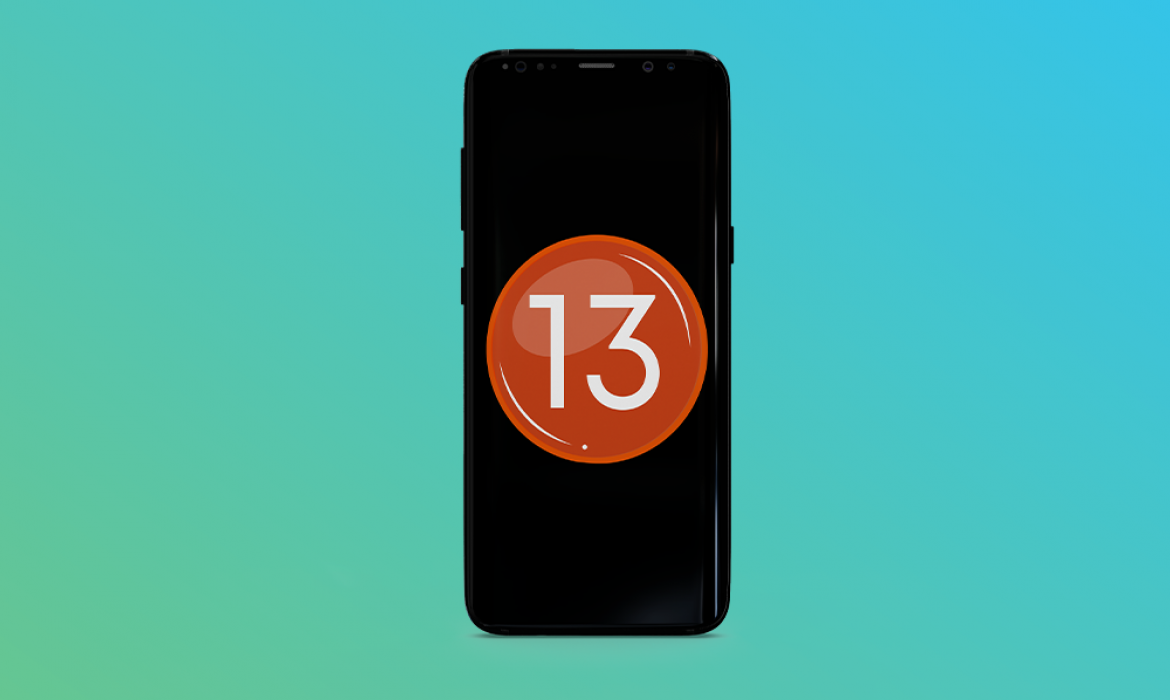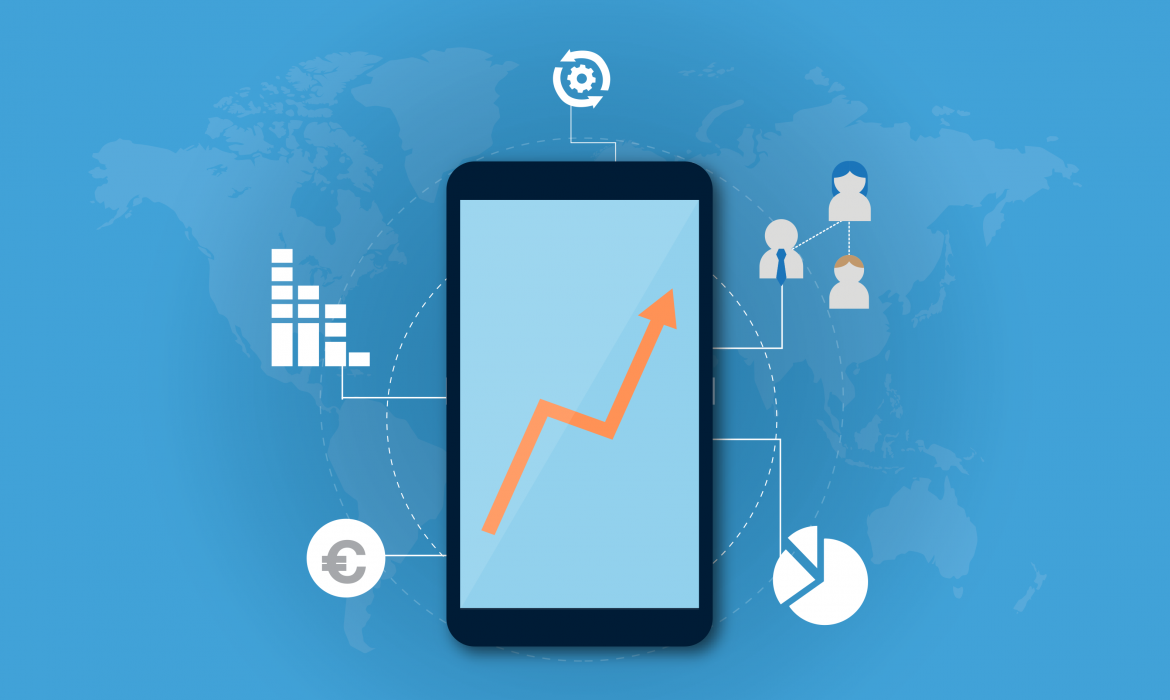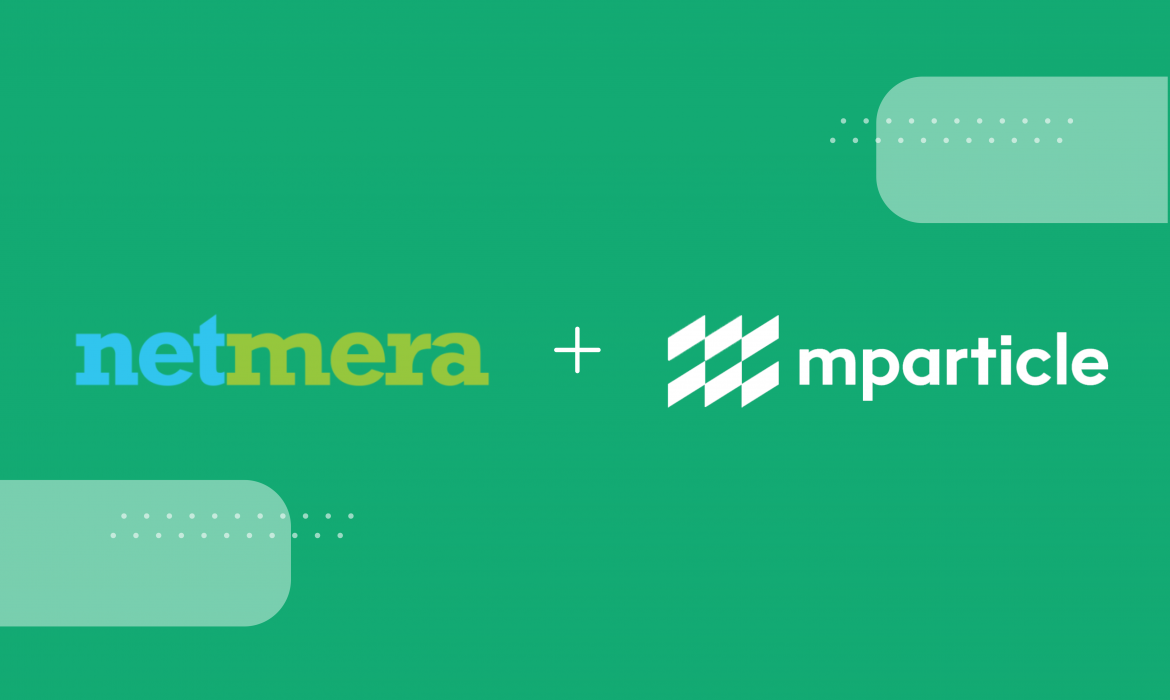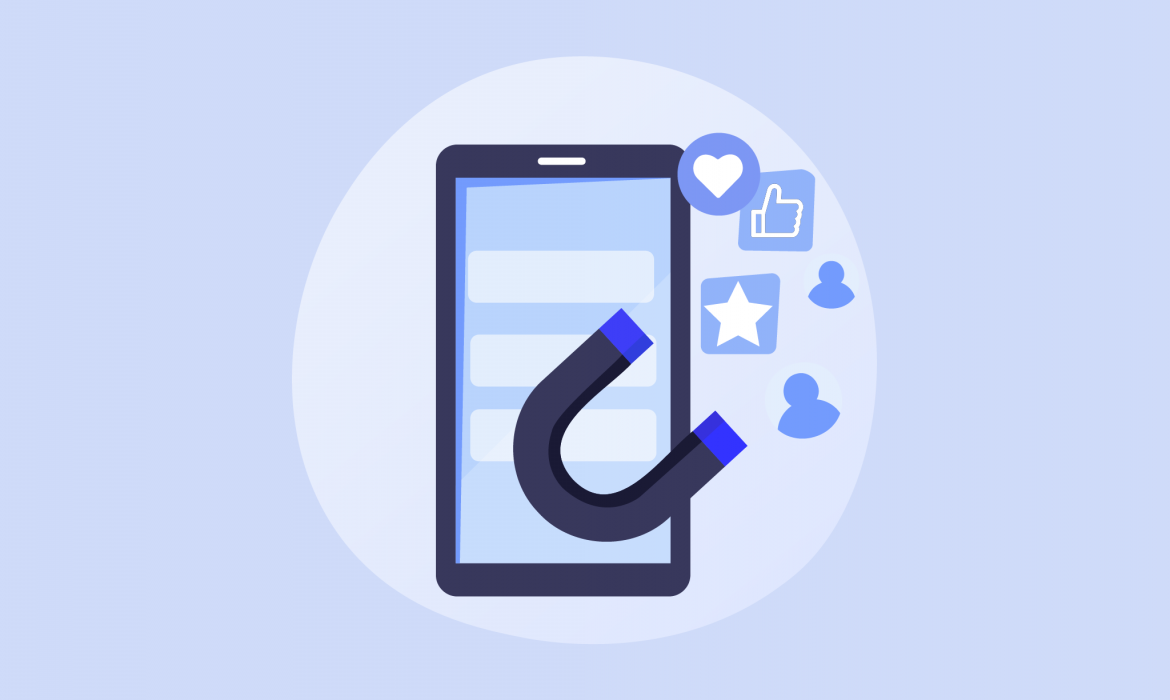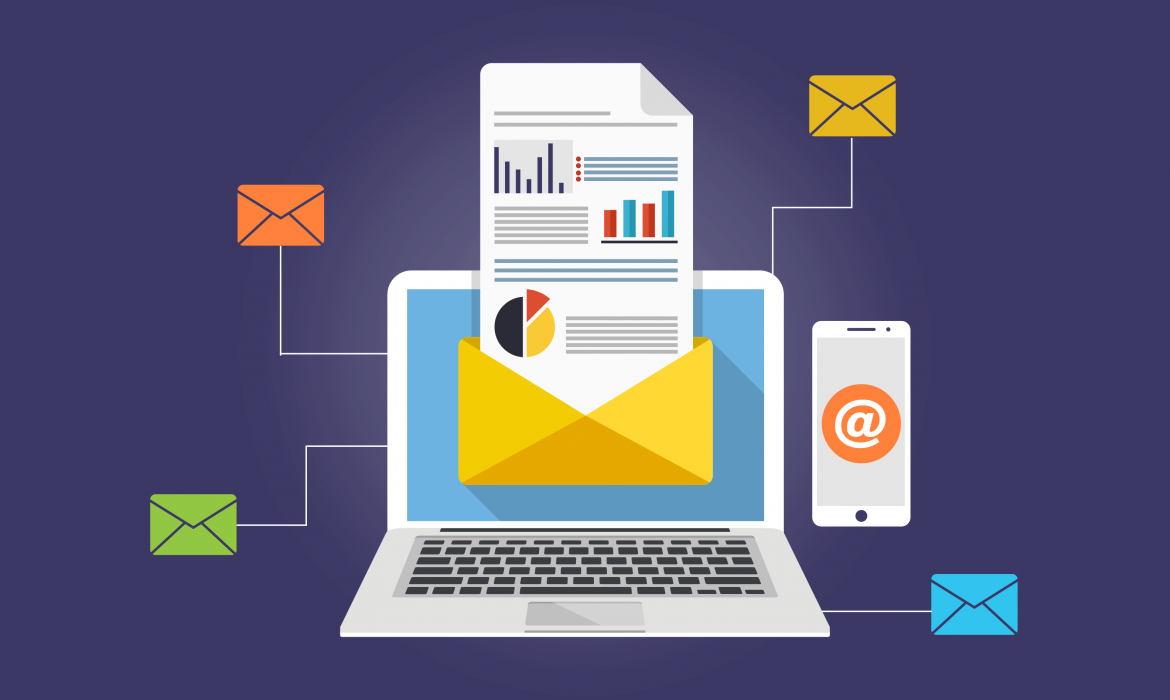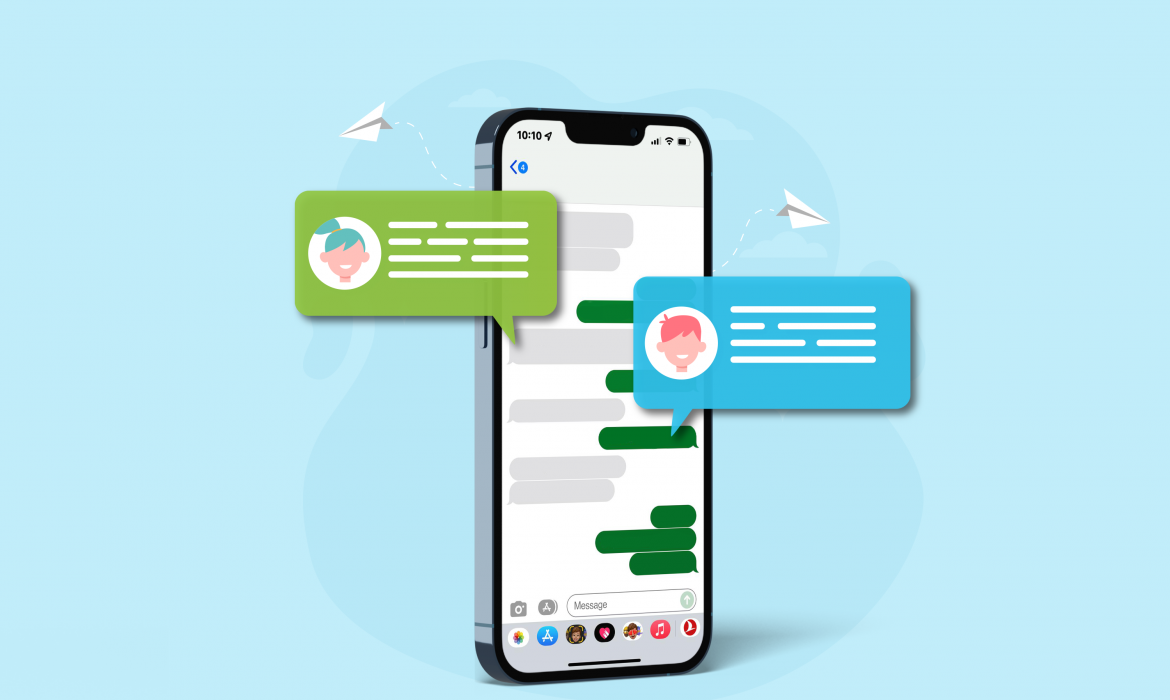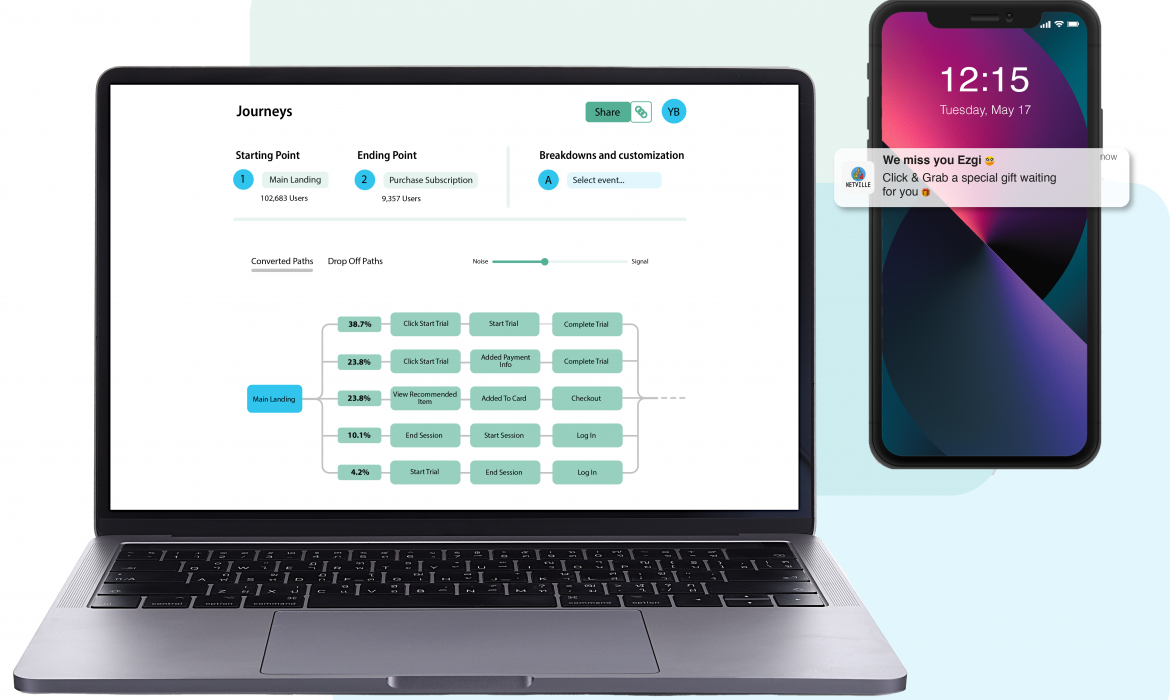Google I/O 2022 Highlights: Updates and Permissions
Google I/O 2022 Highlights: Notification Permissions, Integration Updates, And More
Google I/O 2022 brings some notable changes that impact our platform and customers. Among these changes, it is possible to say that the Android 13 notification permissions protocol is the most significant. Let’s take a fast roundup of what Google I/O brings to our platform.
Android 13 Notification Permissions
Android 13, which is currently in Beta and is on track for release later this year, introduces a new runtime permission for sending non-exempt notifications from an app. This change helps users focus on the notifications that are most important to them.
This new permission prompt can show on all apps that show notifications on Android 13, in spite of whether or not any change is created to your app. So as to receive your notifications, users should firstly settle for this prompt.
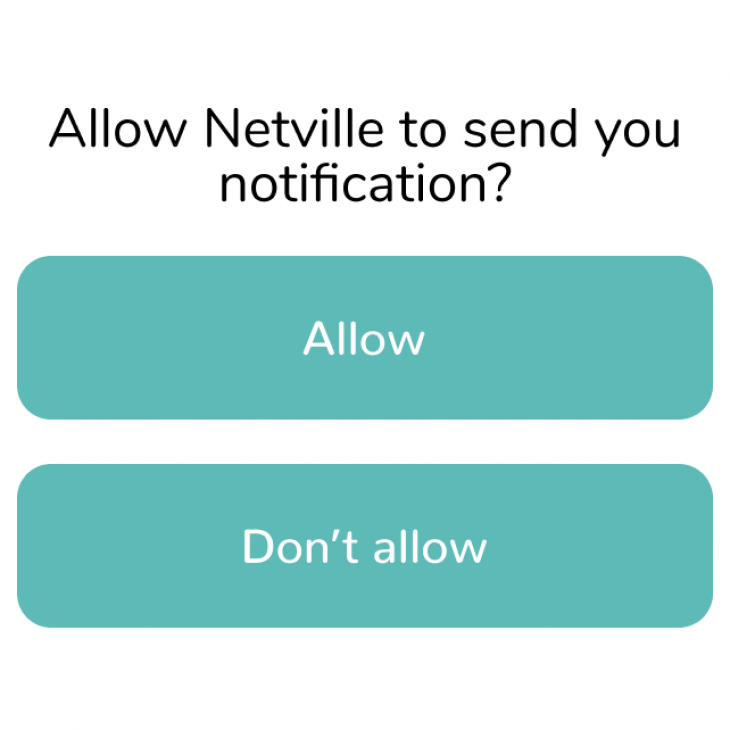
Note: Apps don’t need to request the POST_NOTIFICATIONS permission in order to launch a foreground service. However, apps must include a notification when they start a foreground service, just as they do on previous versions of Android.
To request the new notification permission from your app, update your app to target Android 13 and complete a similar process compared to requesting other runtime permissions.
When user selects "Allow"
If the user selects the allow option, your app can do the following:
- Send notifications. All notification channels are allowed.
- Post notifications related to foreground services. These notifications appear in the notification drawer.
When user selects "Don't allow"
If the user selects the don’t allow option, your app can’t send notifications. All notification channels are blocked, except for a few specific roles. This is similar to the behavior that occurs when the user manually turns off all notifications for your app in system settings.
When user swipes away from dialog
If the user swipes away from the dialog—that is, they don’t select either allow or don’t allow—the state of the notification permission doesn’t change.
Note: After you receive approval to send notifications, remember to use the permission responsibly. Users can see the number of daily notifications that your app sends, and they can revoke the permission at any time.
Android Google Play SDK Index
The Google Play SDK Index, which is open to everyone, will allow app developers and other site visitors to browse detailed listings for commercial SDKs widely used in Play apps.
Visitors can now search for an SDK by name or select it from an alphabetized list of SDKs in its category. Each individual SDK’s listing will comprise a fixed set of attributes and signals to learn more about the SDK and its versions.
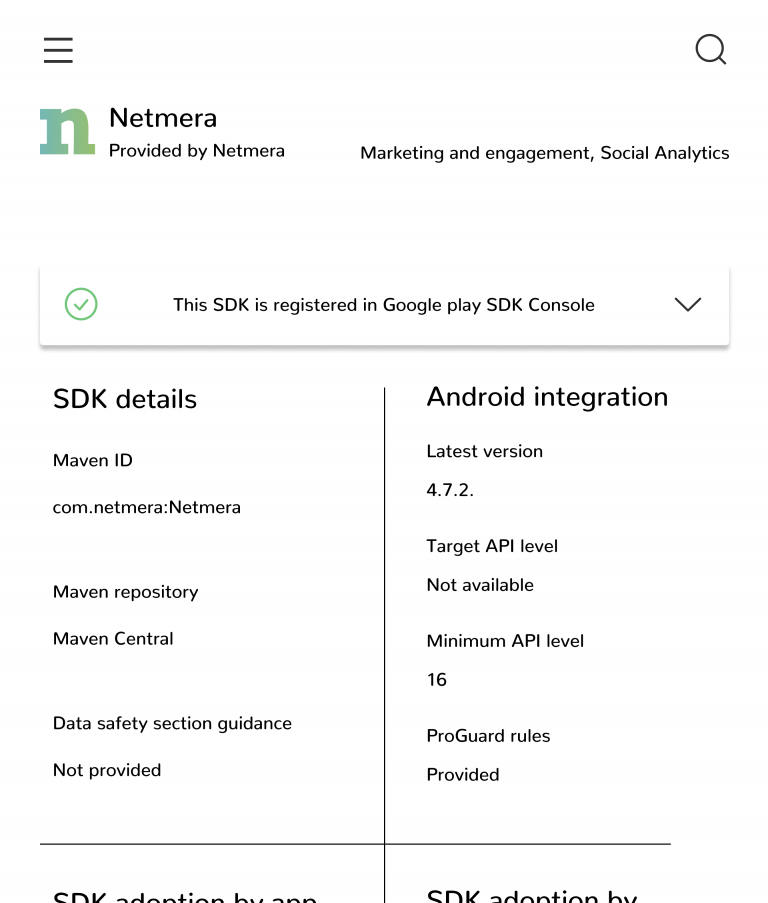
Apple WWDC 2022 Highlights: Changes and Developments
Apple WWDC 2022 Highlights: Push Notification Support, Lock Screen Changes, And More
Apple introduced key updates across iOS, iPadOS, watchOS and macOS at the worldwide developer conference (WWDC) last week. The company brings key updates on push notification support in Safari, lock screen changes, and many other new features.
Safari iOS Web Push Notifications
At this year’s Worldwide Developer Conference, Apple announced that support for Safari web push notifications is coming to iOS 16 in 2023. Safari will use the usual W3C Push API that non-iOS browsers have implemented.
The switch to the present normal W3C Push API is additionally returning to Safari 16 on macOS Ventura. Safari on macOS already supported push notifications, however this update means that additional feature-rich web notifications can be shown.
Besides, you should note that Safari won’t provide support for data push, silent or invisible notifications.
Lock Screen
Apple has also declared a change to how notifications will be shown on lock screens on devices running iOS 16. Instead of showing within the middle of the lock screen, notifications will roll up from the bottom of the screen. Apple enforced this transformation to supply additional space for the lock screen widgets they’re also deploying with iOS 16.
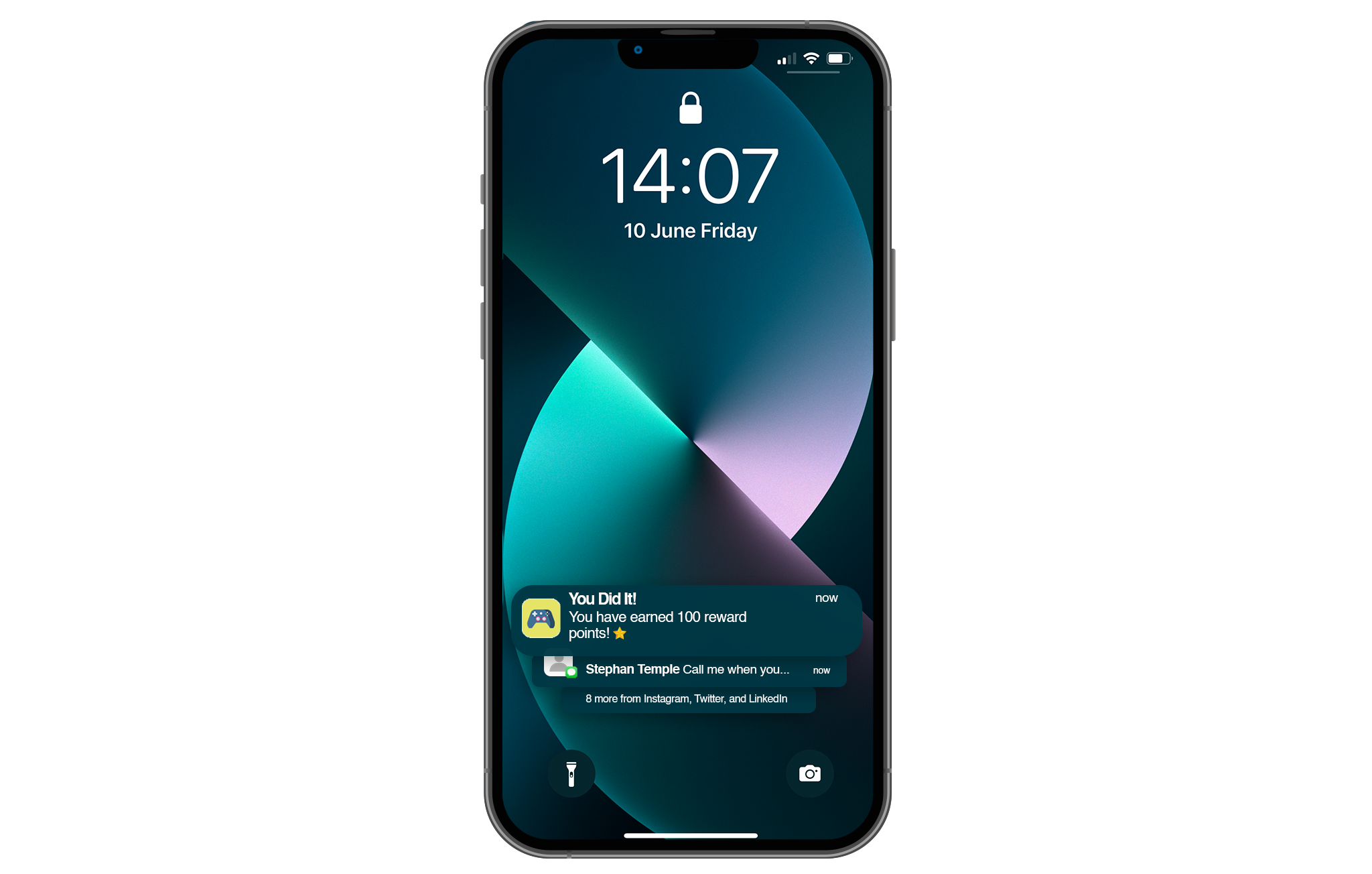
Home Screen Widgets
iOS 16 also brings widgets to the home screen. Use WidgetKit to create widgets for the iPhone Lock Screen, as well as complications in watchOS. You can use WidgetKit to build complications for Apple Watch and widgets on the Lock Screen for iPhone, embracing SwiftUI and extending the glanceable experience.
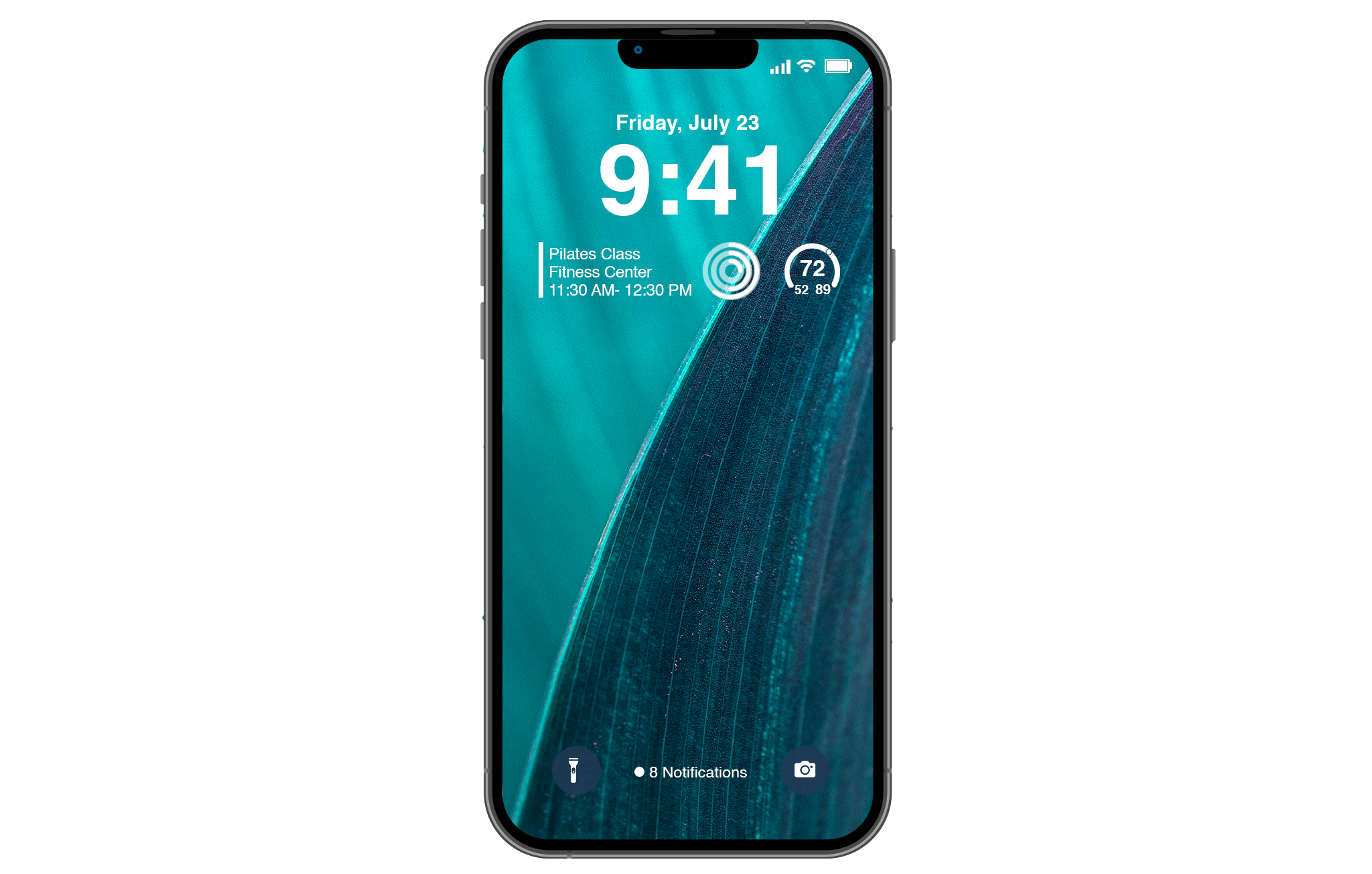
Live Activities
Live Activities are customized notifications that update in real-time. This feature will work with the new Live Activities API. These notifications will permit you to keep your users informed while not troubling them with frequent small updates delivered as individual notifications. The Live Activities API, which isn’t a part of the primary beta, will be out there later this year.
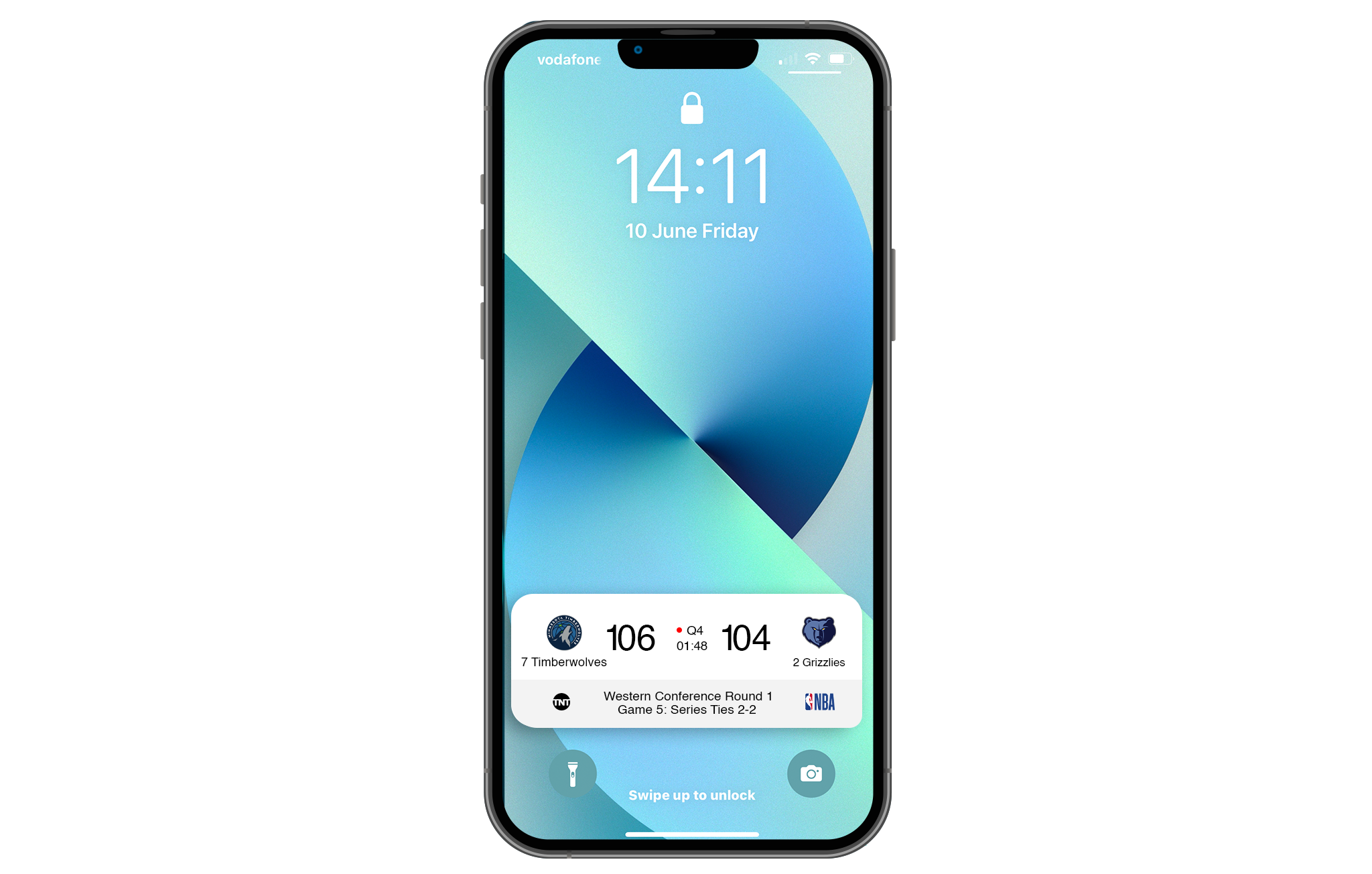
App Intents
WWDC additionally highlighted the new App Intents framework, that offers a programmatic thanks to create your app’s content and practicality on the market to system services like Siri and therefore the Shortcuts app. This programmatic approach helps you to expose all of your app’s capabilities, instead of limiting you to specific categories.
Most Effective Email Types Used In Email Marketing Campaigns
Most Effective Email Types Used In Email Marketing Campaigns
Email campaigns are a great opportunity to remind customers of your brand. The more often customers see emails related to your brand in their inboxes, the more likely they are to choose your business during their product search. Do not think that you can create the brand image you desire in the minds of the customer with only sales-oriented e-mails. Instead, focus on combining your sales emails with educational content.
In this article, we will share email ideas to use in your marketing campaigns. Users expect to receive valuable content from your brand by subscribing to your mailing list. Thanks to these ideas, you will be able to interact with your target audience and increase customer interaction and loyalty as well as sales.
Welcome Emails
The first impression, which is the key point of communication, is actually a kind of last impression. Welcome emails are the first campaign a brand sends to new customers. The purpose of these emails is to warmly welcome the customer, introduce your team or products, and tell subscribers about the benefits of working with your company. You can also include introductory guides or video instructions in your emails that will make the customer’s job easier.
Newsletters
Newsletters are weekly or monthly edited versions of high-quality content. The purpose of this campaign is to increase your interaction with your readers. In these emails, you can use not only your own content, but also materials from other brands. Keep in mind that you’ll have to work through tons of articles to find the best material. Such emails show how expert you are in your field, build trust in your brand, and make you perceived as an authority.
Event Invitation Emails
Marketers send these messages to announce an upcoming event or webinar to their customers/subscribers. The goal should be to convince subscribers that this meeting is indeed worth their time. You should outline the benefits of the event and explain what skills or knowledge participants will acquire through this event. With this type of email, you can increase customer interaction and brand awareness and create excitement for your event.
Product Launch Emails
Are you introducing a new product to the market? This is an issue on which you cannot remain silent. Moreover, you need to generate excitement for this new product/service or feature. With launch emails, you can re-engage inactive users and increase your loyal customers. Remember, your job is not to let the client know that your team of geniuses has finally launched a new product, but rather to inform them of your innovations that will help solve their particular problem. You should focus on customer needs and how to meet those needs.

Promotional Emails
Marketers send promotional emails to increase sales. This is how they announce hot deals, end-of-season reminders, last chance sales, new items in stock, and limited editions of these items. Promotional emails can be personalized. That is, customers can receive specific offers tailored to their interests. For this purpose, you can take advantage of your customers’ purchase history or observe visitor behavior to generate relevant offers that will appeal to the customer.
Customer Success Emails
Marketers love these emails as they help them build strong relationships with customers, take a personalized approach to each user, and increase customer engagement and loyalty significantly. People want to know their progress on any subject and they are genuinely happy when they realize that you are following it. These include the tenth product purchased from a brand, the first site created on the platform, the first email campaign sent, or the progress users make while studying any foreign language.
Abandoned Cart Emails
Users may leave your website – for various reasons – before completing the purchase. (Long payment processes, unexpected additional costs, need to register or create an account, lack of payment options, incomplete return policy, etc.) In such cases, you can increase your sales by sending them a “forgotten item in your cart” e-mail. To create a compelling campaign, include in your email the products that users have left in their shopping cart, add a CTA button attached to the cart, and be sure to include the total price and shipping costs. You can blend your campaign with the psychological state, which is called the fear of missing out, and offer users a special time-limited discount.
Re-engagement Emails
It’s impossible for your email subscribers to stay engaged with your campaigns forever. You ask why? They may have already solved their problems with the help of your brand, or they may find your email frequency or your content too sales-oriented or offensive. After all, there is a way to get them back. Create re-engagement campaigns for users who haven’t opened your emails for at least three months. In this way, you can reactivate some passive subscribers, make your mailing list much healthier and more functional, and keep your post reputation high.
Feedback Requests
These types of emails are sent after customers purchase products or services or attend an event. In this way, Businesses and brands can understand the problems users encounter while using products/services, improve their services further, discover new opportunities and create customer loyalty. And you don’t need to send each of these emails manually – you can use marketing automation tools and automate your posts.
Survey Emails
These emails are just like posts to request feedback. Marketers add a survey or form to their emails to allow users to share their thoughts about the brand. In this way, customers can express what they like or dislike about the products of the brand and share their ideas for improving the brand. Moreover, brands never fail to offer a discount or other valuable thing in return for completing such a survey. This allows brands to increase customer loyalty and engagement.
Follow-up Emails
These types of emails are sent in response to customers’ actions. They also contain transactional and trigger messages. The main purpose of follow-up emails is to automate the sending of emails. They also help marketers segment audiences based on behavior, increase email engagement and conversion rates, and build customer trust or loyalty.

How to Engage With More Users in The App World
How To Grow Your Business And Engage With More Users In The App World
Apps have changed the way billions of people interact with the world, making it easier to play your favorite game, stay connected with loved ones, and buy your daily essentials.
But as the demand for apps grows, it’s getting harder and harder to discover apps and convert new users into loyal customers. That’s why we’re sharing new ways to reach more people, leverage insights to help improve performance, and keep your valuable users coming back.
Reach The User Wherever They Are
App campaigns make it easy to reach new app users on more than three million sites and apps. More and more people are switching between devices to get things done. Although mobile usage continues to increase worldwide, approximately 40% of total time spent on websites is spent on desktop, and meeting consumers where they are is crucial.
Even the biggest players in the ecommerce market, were providing the largest share of e-commerce channels through their website until recently. However, the new consumer habits brought by the pandemic made it necessary for players such as Amazon, Wal-Mart, Facebook and many others to go on a new path in their investments and strategies.
A good app, for example, reflects the best of a brand’s mobile website or even desktop site. The trend today is that an app does one thing very, very well. That is the application’s purpose. Make your app as easy to use, convincing and satisfying as possible. When you focus on this, it will attract the attention of users anyway.
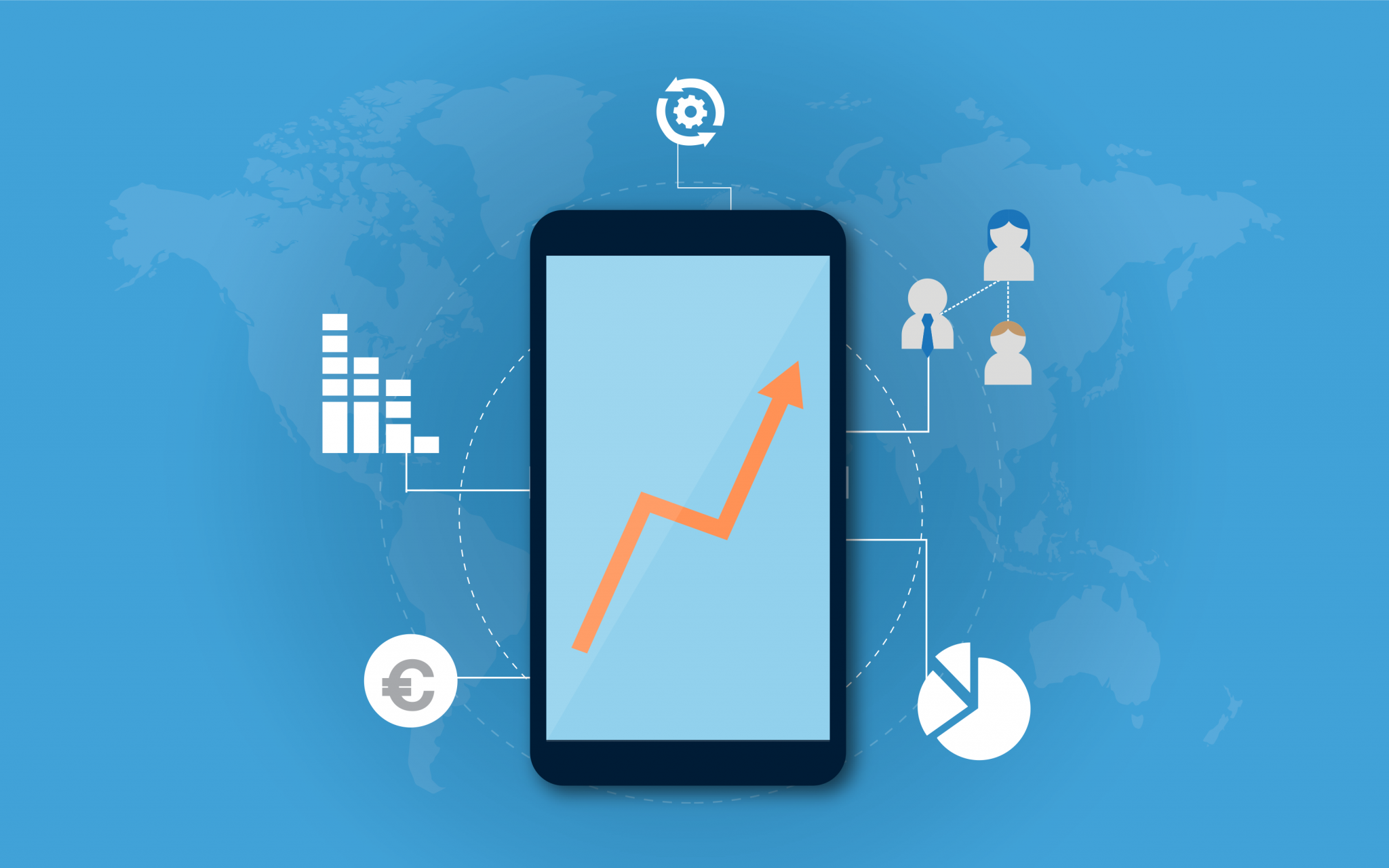
Leverage Insights To Help Improve Performance
Connecting with new users is a critical first step in the lifecycle of growing your app business. But it’s just as important to understand what happens after the first install by measuring the right in-app events.
By integrating Netmera with app campaigns, you can measure the events that matter to your business and gain key insights about how your users interact with your app. You can reach the increasing number of app users with engagement campaigns and improve purchasing performance, increasing your business’ volume and return on investment.
All Netmera users have the privilege to gain access to powerful tools that help them see the performance of their marketing campaigns. With AI-based segments, you can also easily predict who is likely to churn or opt out based on past user behavior. You can create segments with the most relevant audiences for a product or content.
Keep Your Valuable Customers Coming Back
Loyal customers stick with brands that make it easy for them to get things done. Deep links also take users to specific places in your app to make it easier for them to find what they’re looking for, whether it’s buying a new shoe, booking a trip, or getting back to their favorite game. This helps improve your marketing performance.
Push notifications with a very specific reminder or encouragement ensure you get the best results. For this, you need to monitor in-app events, create segments and target accordingly.
Netmera allows brands and marketers to combine analytics with push notifications to better know and understand what users really want from your app. You can keep the segments as narrow or wide as you want so you can craft truly intelligent push notifications to re-engage with your users.
Orchestrate Your Customer Data With Netmera-mPartical Integration
In order to help our customers use data in the most effective way in their marketing activities, we continue to strengthen our analytics and engagement platform. And today, we are happy to announce that we have teamed up with mPartical, one of the best customer data platforms in the market, to provide our customers with a more integrated use of data.
No matter how small or big your business is, you need data to better your marketing efforts and your business in general. In order to go even further and become a successful one, you need to make sense of data and turn it into an advantage. In cooperation with mPartical, one of the best customer data platforms in the market, we help our customers make the best of data to use in their marketing efforts.
Orchestrate Your Customer Data With Netmera – mPartical Integration
Netmera is a platform that has strong integration capability with different third parties and can easily transfer the data it collects to different endpoints. Thanks to our webhook structure in Netmera, we transmit different events such as product review, product purchase, watching movies, which Netmera collects from different applications and websites, to different end points and DWH systems determined by customers in real time. In this way, Netmera’s analytical data instantly flows to different systems.
Upon the feedback from our customers, we have implemented an integration with mPartical that can be used by all our existing and new customers, which allows them to transfer data to mPartical’s data platform.
We have updated our current webhook structure to transmit data in line with mPartical’s system. Thus, we can transmit user data from Netmera to mPartical in real time.
Mobile App Engagement Strategies To Retain More Customers
Strategies For Mobile App Engagement To Keep More Customers In 2023
All marketers know that customer retention is a highly effective way to grow your business and increase your profits. However, in today’s competitive landscape, marketers face many challenges to retain their customers, such as creating the right touchpoints, delivering the right offers, and leveraging strategic thinking and creative practice using various marketing techniques.
Mobile app engagement is vital for businesses. Here are key customer retention strategies to increase your sales, avoid churn, and increase revenue in your mobile app:
Set Your Customer Lifecycle Goals
A common belief about customer retention is that in order to deliver a customer experience built on loyalty, you need to know who you’re addressing and why. Your customers can come in all shapes and sizes. For this reason, segmentation is a requirement for an effective retention strategy for your mobile app.
Start by breaking down the key customer lifecycle levels: Signups only, new customer, active customer, and inactive customer. By examining these various segments, you can understand customer behavior, recover meaningful data, and communicate better by delivering the right message at the right time.
For example, the purchasing channel is very important for members only, while for new customers who have made their first purchase, you want to know how big their purchase is and whether the item sold was selected at a discount.
When communicating with an inactive customer, it is vital to know the old “quality” of the customer. Identifying the most relevant KPI for each group will help you achieve the conversion you are aiming for. It is much easier to achieve your goals when they are predefined.
Know Your Target Audience
Understanding your audience is the first step in any marketing strategy. It’s easier to set a channel and voice for your marketing messages when you have a clear picture of your target audience.
You should also work to examine the mobile habits of your target audience in detail. For example, how much of web usage happens on mobile? Do users feel comfortable completing a purchase on smartphones? Which communication channels do you get more feedback from? At what times does your audience visit your service?
The simplest way to answer these questions is to research big data reports on mobile usage. Collecting and analyzing data helps you grow your business and provide individualized and engaging customer experience on mobile services. You can understand what your customers really want and deliver the most relevant content and create individualized, engaging, and purposeful mobile experiences.

Use In-Apps and Push Notifications Wisely
A good push strategy takes into account the relevance of the app to you at the time, as well as data about who you are, where you are, and what you’re doing. Push notifications with a very specific reminder or encouragement ensure you get the best results. For this, you need to monitor in-app events, create segments and target accordingly. You can keep the segments as narrow or wide as you want so you can craft truly intelligent push notifications to re-engage with your users.
In-app messaging delivers messages to customers using the app in the app interface itself. These messages appear as pop-ups that can be placed at the top, middle, or bottom of the screen. In-app messages use a combination of images, text, and links. It’s similar to push notifications, but with more room for rich content and longer text. Top brands see them as an effective channel to reach customers with targeted CTAs, directing users to key areas of the app.
In-app messaging is often posted to drive a timed action. Messaging can also be linked to the user’s actions. An abandoned cart message campaign, a promotion on similar products while in the app store: These triggered responses can be very effective when delivered at the right time.
Re-Engage With Inactive Users
Mobile apps have become a widely used reliable way to deliver content and services. But in such a crowded market, how can a mobile app be made useful, relevant and valuable to keep users happy and to gain their loyalty?
Applications offer the opportunity to offer products and services tailored to the needs of users, and to build long-term and profitable relationships with customers by gaining their loyalty. It’s getting harder and harder for developers and brand marketers to encourage users to find and download apps, and keep them engaged once they’ve successfully passed this stage.
A large 25% of users do not return after opening an application. It is much more common for consumers to use their phones for important moments and for shorter periods of time than before. Therefore, their experience needs to be effective and satisfying. Try out our tips to increase your mobile app engagement and retain more customers now.
6 Essential Email Marketing Tips For Successful Campaigns
6 Essential Email Marketing Tips For Successful Campaigns
We all know that email marketing is an important part of holistic marketing campaigns. One of the most important strategies of email marketing includes dealing with the difficulties of reaching people who are interested in using your product or service. Having people’s email addresses does not mean that you will definitely reach your target audience.
People receive a large number of emails per day, but they do not open and read all of them. Some people just don’t have the time, while others just don’t open it because they’re not interested. There will be others who want to attract the attention of your target audience, and rest assured that this is a huge competitive arena.
Email marketing is considered to work only when people open and read your message and then realize a targeted situation such as buying your product, signing up for your site, following your site.
When using strategic email marketing as part of your holistic marketing campaign, be sure to choose your target carefully and take the utmost care to send emails with information that people can read and use.
1. Welcome New Subscribers Within 24 Hours
Do your best to give a warm welcome to someone who has just joined your mailing list. Users hope to hear from you after they subscribe to your mailing list. Otherwise, they may quickly lose interest in your brand or forget your brand. When things reach this stage, it will be very difficult to direct them back to your business.
Before it’s too late, explain how the communication they will establish with your business will benefit your subscribers. You can also attach a photo or a short welcome video to your email to create a friendly atmosphere. Make sure subscribers understand well what to expect from you. Offer your subscribers the opportunity to manage their email preferences by following the relevant link in the welcome email.
You can also use a set of starter emails called “first join email campaign” for stronger engagement. This means that you will send several emails in a few days to inform your customers about your product. The initial engagement email series allows marketers to deliver their message consistently without offending the customer.
2. Deliver Relatable Content
When you send out an email for a marketing campaign, you need to make sure you’re providing quality content that people will want to read. If it is your company’s newsletter, for example, it is useful to have interesting and up-to-date information in its content. If it’s an ad campaign, make sure your readers think the ad offers something that will work for them and be valuable to them.
You may be sending a coupon or promoting a new product. Your content should be correct in spelling and pronunciation so that people can read it. If you can’t deliver a well-readable piece of writing, contact a professional copywriter. You will most likely have only one chance for your target audience to look at your message.
3. Make It Mobile Friendly
When you send an advertising email as part of a marketing strategy, consider the moment people see your message. It is important to remember that many people use mobile devices to read their emails. A recent marketing survey by social media experts revealed that 80% of people read their emails on mobile devices.
Remember that if your e-mail message does not open easily on mobile devices, your message will not be read and you will have lost your target audience from the very beginning. For phones with limited features, it is also useful to consider that the email you send contains only text.
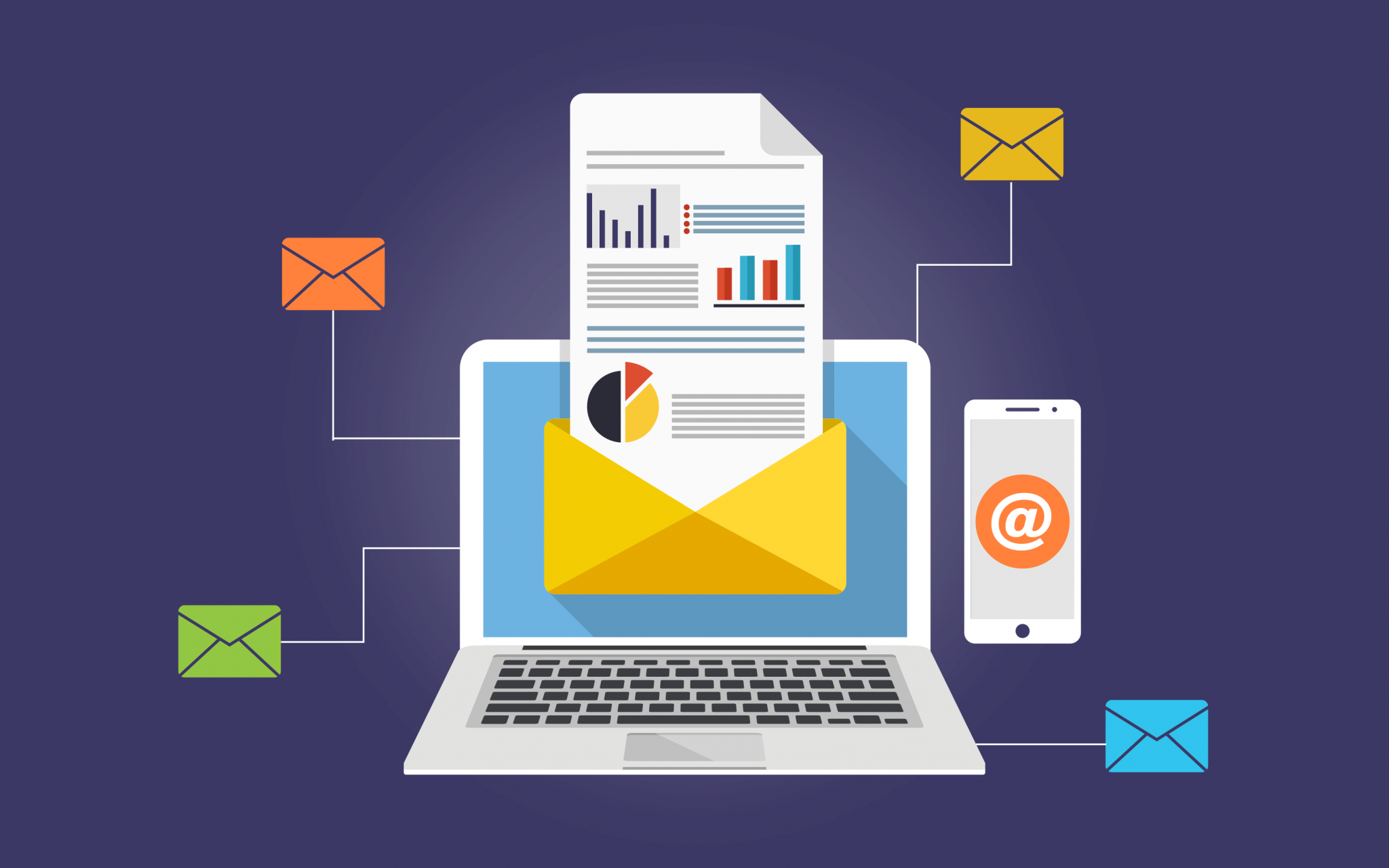
4. Automate Your Campaign Posts
In today’s marketing world, making use of automation systems is a necessity – because automation systems allow brands to save time and resources and spend their energies on much more important tasks. You should rely on email automation to welcome new users, process orders, re-engage inactive subscribers, and more.
Email automation constitutes a key point in email marketing. Thanks to automation, you can send personalized emails to your subscribers in a certain period, in action or in any scenario that may occur, and you only need to create a scenario for this, then sit back and the automation will do it for you on a regular basis.
Create events to trigger automatic email submissions. Focus on sending highly relevant campaigns. Track conversion rates and improve your workflow.
5. Re-engage Inactive Subscribers
Your subscribers will sooner or later lose interest in your brand. Do not worry. Such a scenario does not mean that you should give up. On the contrary, it allows you to take action as soon as possible.
Have your subscribers not opened your emails for at least three months? Then send them re-engagement email campaigns. In your post, remind yourself of the benefits your brand offers and make a strong offer to win back the customer/subscriber.
Are they no longer interested in your service? Don’t rely too much on them. Focus on keeping your mailing list up to date. All you have to do at this stage is to ask them why they left your mailing list. Their answers will help you improve your performance.
6. Measure The Effectiveness Of Your Campaigns
When using email marketing in your campaign, you should not forget to test it first. If the content of your email is a newsletter, send two versions to a small email group before sending the final version to all recipients. Testing which version is opened and read will help you reach your goal faster. If your email contains an offer, note how many replies you got on both versions in your test and compare them.
Sending email without analyzing its effectiveness is a waste of time. You should measure the functionality of your strategy and know which tactics produce the most effective results. You can use key performance indicators to analyze your performance – these include email deliverability, opens, clicks and bounces, unsubscribes and conversion rates. Your measurements will also provide information on how subscribers perceive your campaigns.
How AI Can Help Marketers Improve Website Conversions
How AI Can Help Marketers Improve Website Conversions
A company’s website has become the showcase of the business in recent years. With the growth of e-commerce, advertisers have seen a tremendous increase in website activity and are looking for new ways to turn these visits into actions and predictive insights that can drive sales.
We know how complex consumer shopping journeys can get. There are many potential gaps in the information available to marketers, so brands need more than a single standard strategy to get the most out of the data they have.
Machine learning can dig deep into the consumer journey to show visitors what they did on a brand’s website, when they left, and what marketing campaigns resulted in a purchase.
Machine learning can also offer brands some great predictive insights. Learning from the actions of millions of visitors and customers, machine learning can help a brand determine how likely a new site visitor is to convert, or predict the prospective lifetime value (LPV) of existing customers.
Marketers still have a long way to go when it comes to tapping into the potential of machine learning. Let’s see how you can get most of it to improve website conversions.
Collect The Right Data
With millions of different data points to work with, it’s imperative that marketers start by narrowing down their use cases and collect the right data. You can achieve this by creating a centralized data warehouse in the cloud, increasing the match rates between datasets, or developing custom algorithms. At this point, what exactly they want to predict can be purposefully determined.
Want to identify which users are more likely to convert? You can collect data about site activities, user clicks, page visits and whether they are converted.
Want to determine what can reduce subscription loss? Collect data on user interactions, their frequency, products owned, and whether they are used.
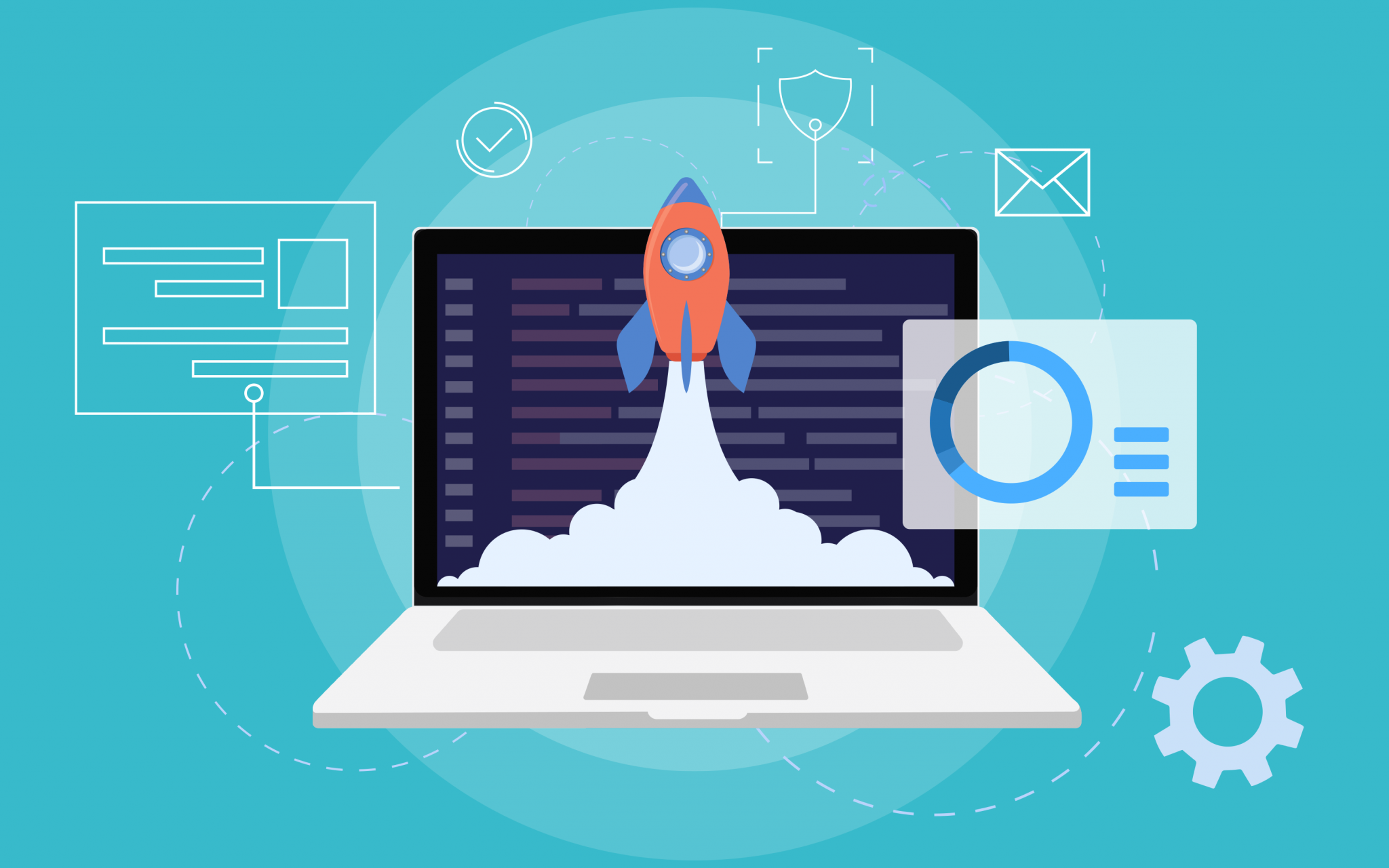
Identify The Right Action Steps
Once your team has analyzed the output of your machine learning model, it’s important to test and apply these learnings so they can be used to improve your future business decisions.
For example, models that predict the probability of conversion can be applied to your audience segments immediately. They can help a brand increase its return on ad spend by showing ads to visitors they know are more likely to purchase in the near future.
Marketers still have a long way to go. If brands can effectively use the tools currently available to analyze their data at scale, they can gain actionable insights, filter out unnecessary details, and create new opportunities to reach consumers.
Collecting data and turning it into meaningful insights may seem difficult and it may not be something you can handle by yourself. Here at Netmera, with our powerful and intelligent analytics solutions, we process millions of data to help you rule all the metrics and better understand how your service is used to increase revenues, conversions, and active users through improving customer experience.
With Netmera’s analytics platform, you can easily manage and improve your metrics such as activations, subscribers, and lifetime values; improve your campaign strategy to boost leads, retention and conversions; and optimize your marketing performance firsthand with helpful insights and reports.
4 Simple SMS Marketing Tips For Better Messages
4 Simple SMS Marketing Tips For Better Messages
SMS has been in our lives for over 20 years. These 160-character text messages have a very large place in our mobile device usage, although not as much as before. SMS, which is very useful not only for personal use but also for sectoral business activities, helps companies stay in touch with their customers. Considering that SMS reaches every mobile phone user sent and 90% of sent SMS are displayed within 3 minutes from the time they are sent, it is still one of the best promotional tools. So, what should a company pay attention to when sending an SMS to get maximum efficiency from this SMS?
Right Customer
Choosing the right target audience helps make the SMS impressive and well-focused. When the content has already been chosen accordingly, it is almost certain that the returns of the SMS will increase. Knowing your target audience well has a very important place in SMS marketing. The more you know your audience, the better the returns will be, and you will have access to data that you can use in your next marketing campaign. Take note that with Netmera’s powerful analytics and engagement tool, you can identify, define, and target your audience with various attributes, including traits, behaviors, preferences, and more. In this way, you will send the right message to the right customer at the right time.
Right Content
When SMS messages are personalized, this guides the recipient quite well. The return of the customer, who has the feeling of being valued, is also good in this direction. Making you feel close to the brand is one of the indispensable goals of SMS. Therefore, the more personalized the messages, the stronger the brand’s position in the eyes of the customer. SMS is a very effective marketing method when it is delivered to the right person, at the right time, with the right method.
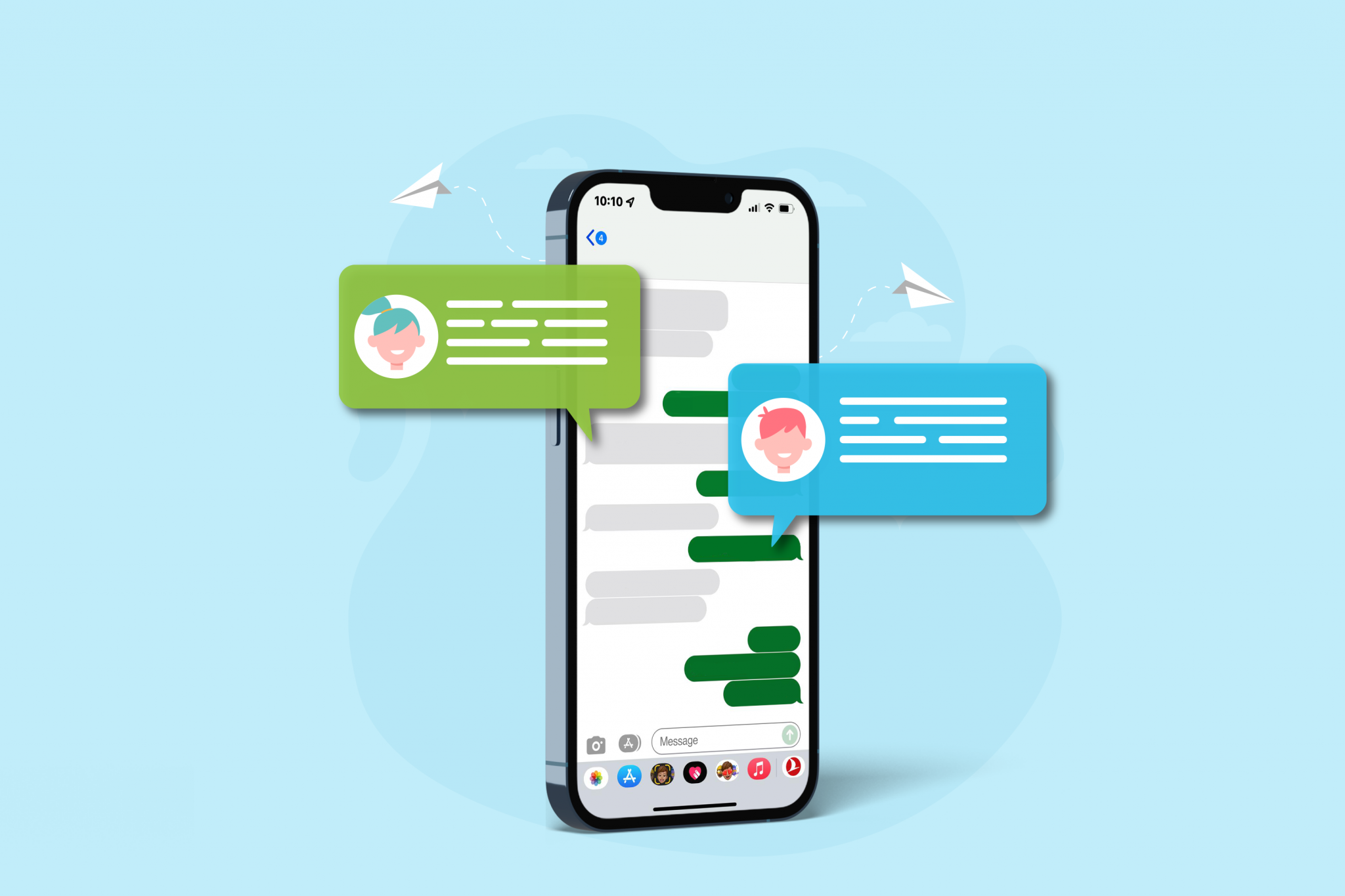
Right Time
The timing of the SMS is as important as its content. An SMS sent to someone overwhelmed by stress or at bedtime can have the opposite effect. In order to prevent this and to get a better response, the preferred method is to pay attention to factors such as holidays and business hours when sending the SMS. If an introductory or informative SMS is sent on a Sunday or at the start of the business, it will not be reflected as a good response to the brand. People live without this brand. They should be explained in detail and at the right time why they should choose your brand.
Analysis
After sending your SMS, it is very important to follow up these SMS messages in order to get a response. In a detailed analysis process, you should check who you sent the message to, how many people were reached, and whether all the messages reached the required place. In this way, you know from whom you can expect feedback, and you can experience a more productive process for your next campaign. The analysis, which is important for your campaign, will help you to create your customer profiles, and you will be able to filter which type of SMS you will send to whom, thanks to the feedback received. This will both reduce costs and increase customer satisfaction.
Netmera makes it easy for you to track and analyze customer behavior on every level of detail. You can get detailed and clear insights about the performance of your campaigns to monitor and understand your SMS performance, analyze how customers react to your SMS, and optimize your messages to maximize conversions.
Take control of your game with detailed reports and analysis
Netmera Gaming Product Diaries #4:
Take control of your game with detailed reports and analysis
Today, in our last article of our gaming diaries series, we will put everything together and see how Netmera can help you understand how your game is played and how your players interact with your app in general, with intelligent analysis and reports.
With the acceleration of the game industry’s transition to digital, it is now easier to create data oriented marketing strategies as more detailed data can be accessed more easily. It is more important for developers to access customer insights on the more heavily used parts of the game, identify retention issues or signals, as well as where additional monetization elements can help increase profitability.
Analyzing how players interact with your game can provide important statistics for further optimizations. For example, measuring the post conversion of different creative assets and A/B testing different rewards will help you discover what motivates your players the most. Netmera’s intelligent analytics tool provides comprehensive data points to measure the performance of fast games.
Understanding how your game is played
One of the hallmarks of digital marketing is that it is measurable. You will also need these measured data in your game marketing efforts. At this point, you can collect and benefit from user data thanks to AI-based analytics tools Netmera offers for you. You can collect thousands of data and easily understand it through detailed yet simple-to-understand data reports.
Netmera’s improved algorithms also help you create AI-based predictive segments to customize, arrange, and target your marketing content for specific audiences. Thus, you can know who you are addressing, get to know your customers, and determine what they are satisfied with.
In order to manage all metrics to understand how your game is used, Netmera allows you to easily access funnel analytics and screen flows to get detailed reports and insights on user activities, player sessions and more. You can track, monitor, and analyze every action of your users on mobile, web, and desktop applications.
Netmera makes it easy for you to track and analyze customer behavior on every level of detail. Our integrated data solutions allows you to analyze collected data under custom individual customer profiles. You can track actions using custom user profiles to optimize and improve retention and conversion performances.

Turning data into meaningful outputs
Netmera’s easy-to-use dashboard allows you to create funnels, see user flows, create cohorts, and more with ease. You can get detailed reports and insights on user activities, player sessions, funnel completions and more with visualized statistics and charts. You will not need third party tools to track, monitor, and analyze every action of your customers on mobile, web, and desktop applications.
Managing and synchronizing all your communication channels will give your player a complementary experience with your game. With Netmera SDK integration, you can follow any channel you want whether it is iOS, Android, Huawei, web, or desktop. Netmera deduplicates the behavior of the player on different devices on a customer basis. You can access user transactions from different channels with Netmera analytics screens.
Netmera helps you get access to all the tools and features you need from an easy-to-use single dashboard. You will save time and workforce without the need of third party tools to track, monitor, and analyze every action of your customers on mobile, web, and desktop applications.
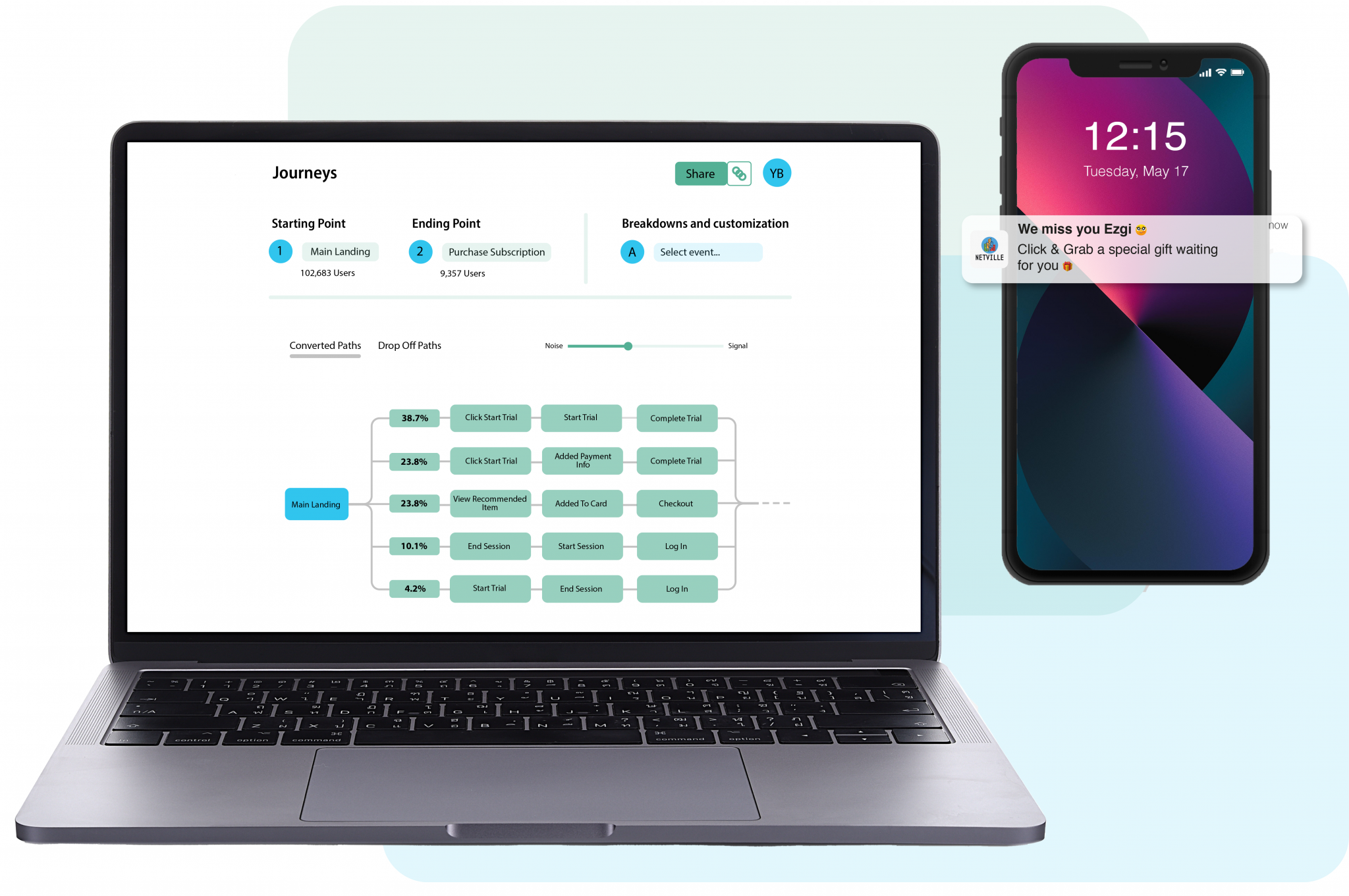
Netmera architecture allows you to visualize the data you need from any source and understand it. You can feed as much real time or asynchronous data as you want to Netmera via REST API or SDKs. You will save time and workforce by quickly linking your applications to data in your existing systems with easy integration.
Please also note that, as your partner in privacy, security and compliance with local/global regulations, we have set strict rules and standards to protect your customer data. We ensure continued compliance with data processor obligations under GDPR. We provide strong security and protected access to customer data, all personal data access and updates are available only to authorized users, and all transactions are logged step-by-step.
You can always contact us to ask anything you want and to get more information about Netmera services.
I hope you enjoyed this series of articles as much as I did.
Good luck on your marketing efforts!
